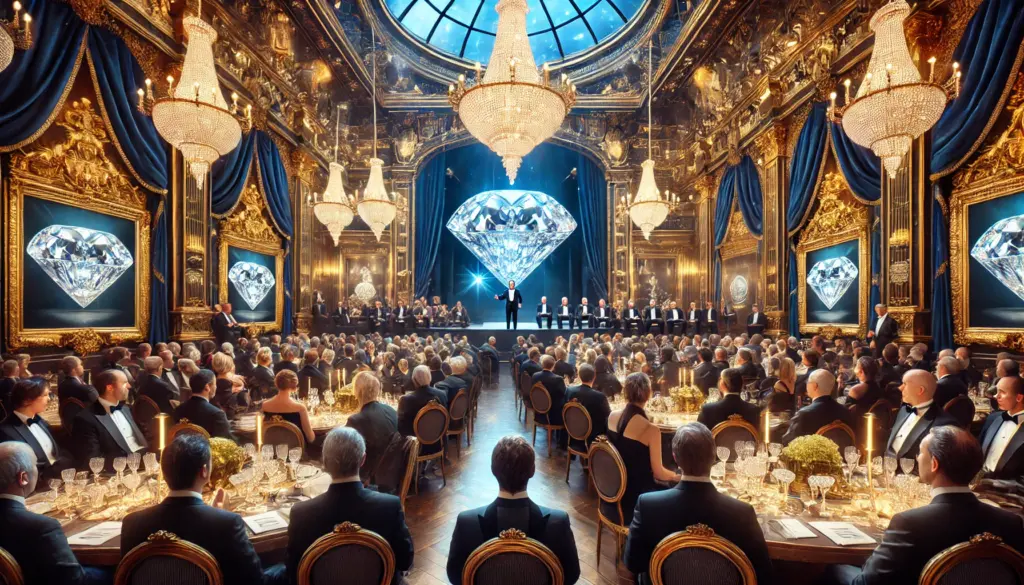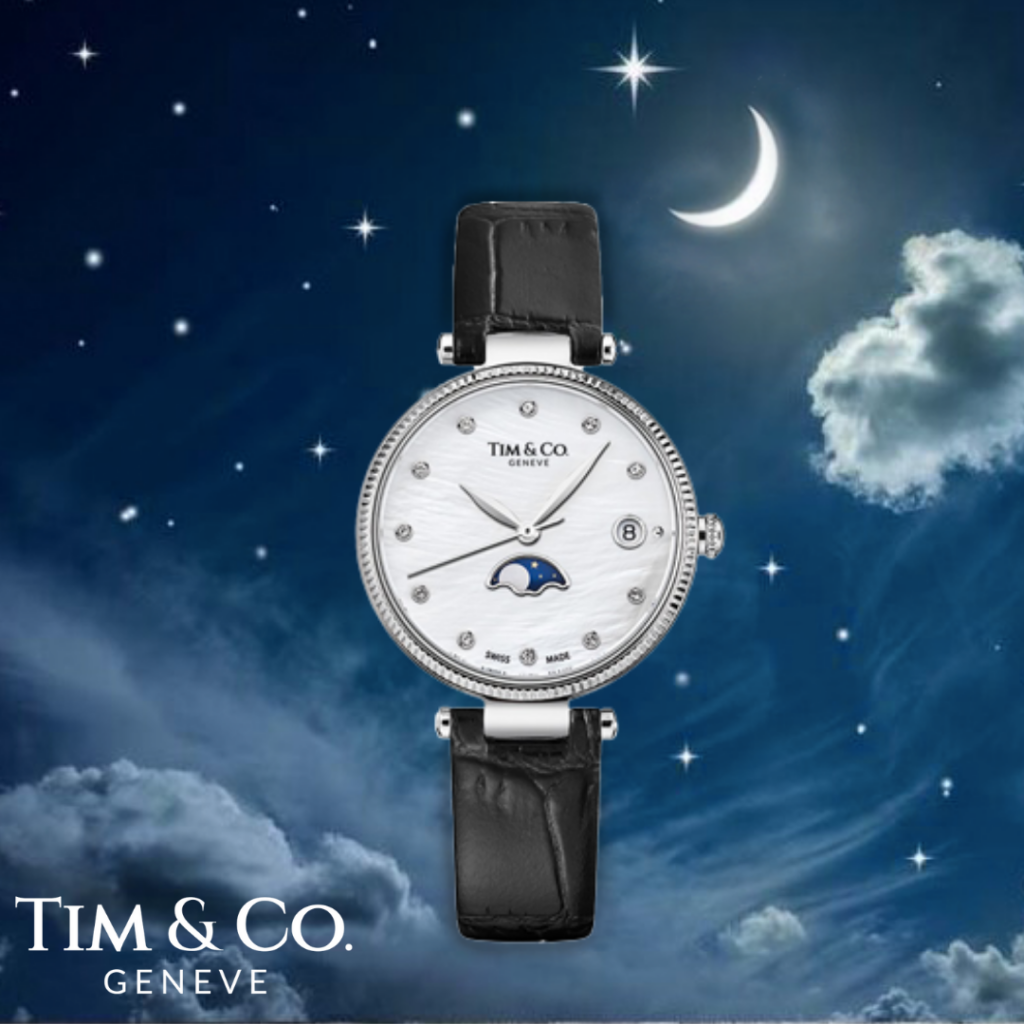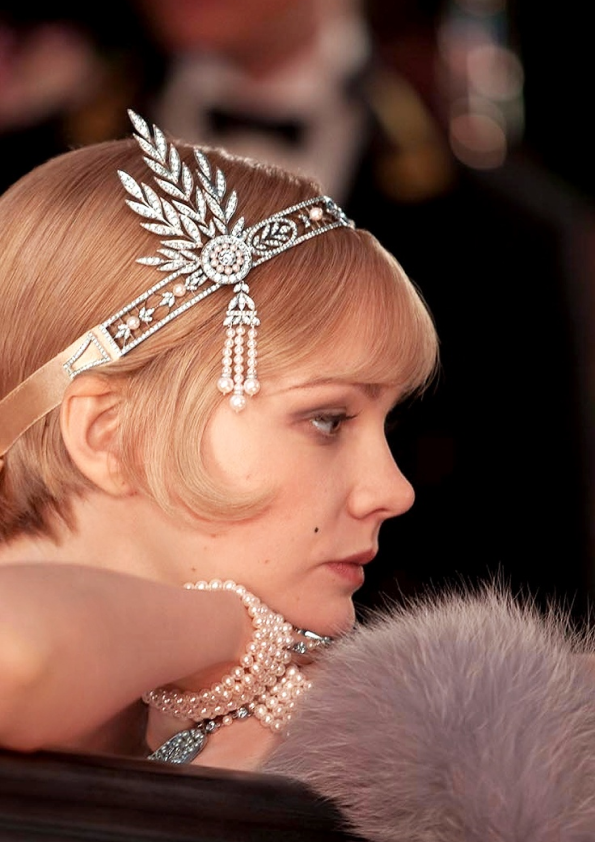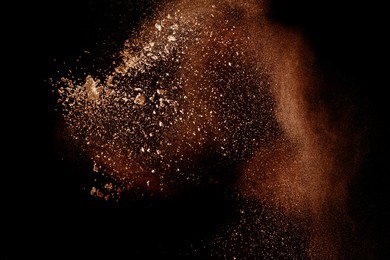
Diamonds have long been symbols of luxury, love, and timeless beauty, but they are also at the centre of high-stakes auctions where millions of dollars can exchange hands in mere minutes. These dazzling gems don’t just capture the light—they captivate the hearts of collectors, celebrities, and billionaires worldwide. At exclusive auctions, where the world’s rarest diamonds go under the hammer, the excitement and tension are palpable. Behind the glittering scenes lies a fascinating process that elevates these diamonds beyond ordinary jewellery, turning them into works of art and prized investments.
The journey of a diamond to the auction block is meticulous and begins long before bidders raise their paddles. Diamonds destined for auction are often rare, historic, or possess unique qualities like intense coloration. Before a diamond is ever introduced to potential buyers, it undergoes a thorough appraisal by gemmologists. These experts evaluate the gem’s cut, clarity, colour, and carat weight—the famous “Four Cs”—as well as other factors like provenance and any previous ownership by royalty or celebrities. The rarer and more storied a diamond is, the higher its expected value.
Auction houses like Sotheby’s and Christie’s, renowned for selling world-famous gems, work closely with these appraisers to determine a diamond’s reserve price. This is the minimum amount for which the diamond can be sold, ensuring that it won’t go for less than its true worth. Marketing and promotion also play a key role, with auction houses building anticipation by showcasing these diamonds through exhibitions, catalogues, and media coverage to attract wealthy buyers from around the world.
Some of the most famous diamonds in history have been sold at auction, fetching jaw-dropping prices and garnering headlines worldwide. One such example is the Pink Star, a stunning 59.6-carat pink diamond that was sold at a Sotheby’s auction in 2017 for a record-breaking $71.2 million. The intense bidding war between three buyers lasted just five minutes but made history as the most expensive diamond ever sold at auction. Other notable sales include the Oppenheimer Blue, a vivid blue diamond that sold for $57.5 million, and the legendary Hope Diamond, known for its deep blue hue and fascinating history.
These diamonds often come with stories that make them even more desirable. The appeal of owning a rare gem that once belonged to a famous figure or has a unique place in history drives bidding prices higher and higher. This emotional connection, combined with the thrill of competition in the auction room, fuels fierce bidding wars, where buyers are willing to spend extraordinary amounts to claim these rare gems.
Several factors influence the sky-high prices of diamonds at auction. Rarity is the most obvious diamonds like the Pink Star or the Oppenheimer Blue are extremely rare, with their vivid colours making them highly sought-after. Provenance, or a diamond’s history, also plays a significant role. If a diamond has a rich or glamorous history—perhaps owned by a royal family or a celebrity—it becomes a piece of cultural heritage, elevating its value.
The allure of owning something so exclusive, paired with the knowledge that the opportunity may never come again, creates urgency among bidders. In some cases, collectors see diamonds as not just luxury purchases but solid investments. Because diamonds, especially rare-coloured ones, tend to appreciate over time, they are often considered a safe store of wealth.
The world of diamond auctions is a thrilling intersection of wealth, art, and history. As dazzling as the gems themselves, the auction process is a spectacle of high-value trading, where fortunes are made or spent in mere moments. From the expert appraisals and intricate preparations to the excitement of bidding wars that capture global attention, diamonds under the hammer offer a fascinating glimpse into a world where luxury meets competition. Whether bought for love, status, or investment, these diamonds are more than just beautiful stones—they are priceless treasures whose journey is as remarkable as the buyers who claim them.









